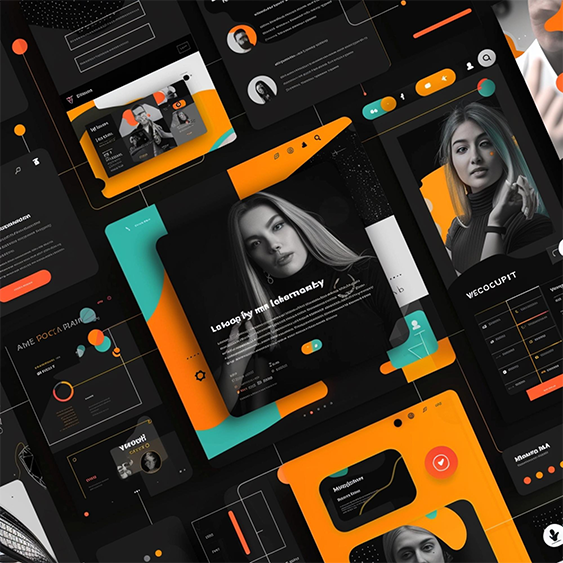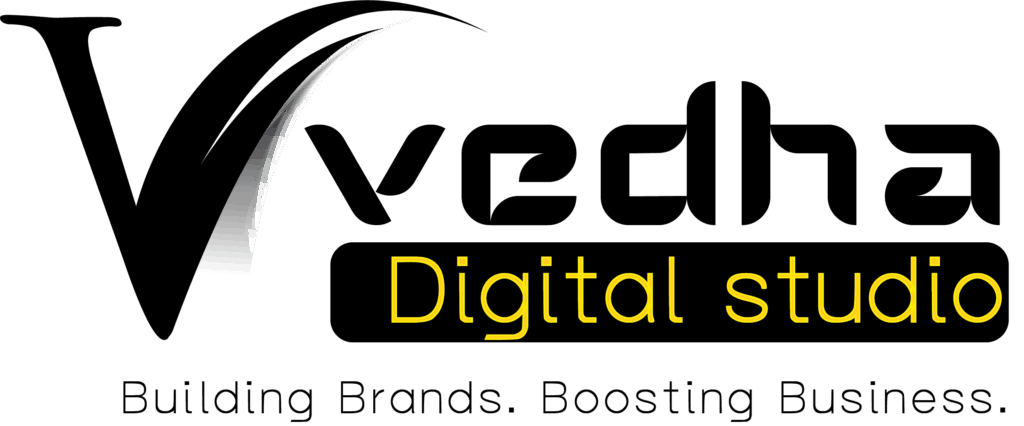
As a freelance developer, your portfolio is your most powerful tool. It’s the first thing potential clients check before hiring you. A well-crafted portfolio doesn’t just showcase your skills—it builds trust, highlights your creativity, and sets you apart from the competition.
Here’s a step-by-step guide to building a portfolio that will impress clients and help you land more projects.
1. Choose the Right Platform
Your portfolio can be hosted in several ways:
-
Personal Website: Using WordPress, Wix, or custom HTML/CSS. A personal website gives full control over design and branding.
-
GitHub Pages: Perfect for developers to show live projects and code.
-
Portfolio Platforms: Sites like Behance, Dribbble, or CodePen are great for showcasing visual and interactive work.
Tip: If you’re a full-stack developer, having your own website adds credibility.
2. Showcase Your Best Projects
Focus on quality, not quantity. Include:
-
Real projects: Websites or apps you built for clients or personal projects.
-
Open-source contributions: Demonstrates collaboration and coding skills.
-
Side projects or prototypes: Shows creativity and initiative.
For each project, include:
-
Project title
-
Short description
-
Tech stack used
-
Screenshots or demo links
-
Your role and contribution
3. Highlight Your Skills
Create a clear section for your technical skills:
-
Front-end: HTML, CSS, JavaScript, React, etc.
-
Back-end: Node.js, PHP, Python, SQL, etc.
-
Tools: Git, VS Code, Docker, Figma, etc.
Tip: Include your proficiency level or examples of each skill in action.
4. Add Testimonials and Case Studies
Nothing builds trust like social proof. Include:
-
Client testimonials or reviews
-
Case studies showing challenges, solutions, and results
-
Before-and-after screenshots if relevant
5. Keep Your Design Clean and Professional
Your portfolio should reflect your coding skills:
-
Clean layout and intuitive navigation
-
Mobile-friendly and responsive design
-
Minimalist and visually appealing
-
Fast-loading pages
6. Include an “About Me” Section
Introduce yourself briefly:
-
Who you are and what you do
-
Your experience and background
-
Your development philosophy
-
Optional: a professional photo
7. Make It Easy to Contact You
Include a dedicated contact page or section:
-
Email
-
LinkedIn, GitHub, or social media links
-
Optional contact form
8. Keep Updating Your Portfolio
A portfolio is never “finished.” Keep adding:
-
New projects
-
Updated skills
-
Blog posts or tutorials
-
Achievements or certifications
9. Bonus Tips to Stand Out
-
Use a custom domain (e.g., yourname.dev)
-
Include short video demos or GIFs of your projects
-
Optimize your portfolio for SEO
-
Write a small blog about your development journey or tutorials
Conclusion:
A strong portfolio is more than just a collection of projects—it’s a reflection of your skills, creativity, and professionalism. By presenting your work clearly, highlighting your achievements, and keeping it updated, you’ll attract the right clients and opportunities as a freelance developer.
